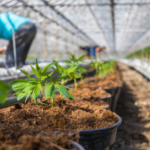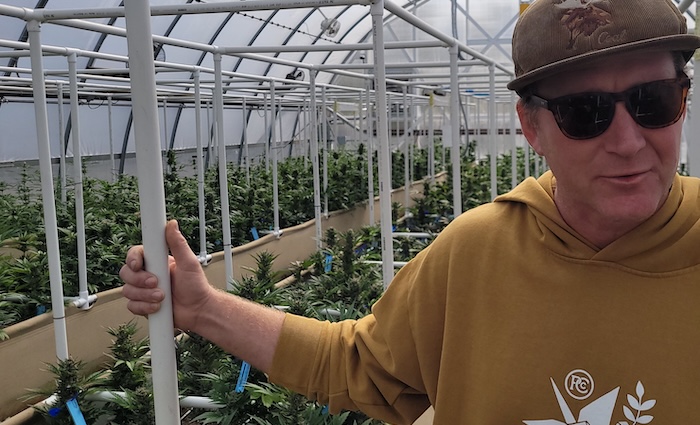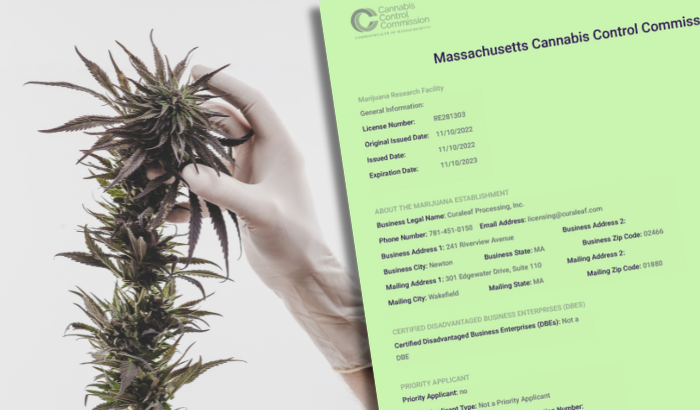
The declining sales in recent months continue a pattern seen throughout 2024—Recreational sales peaked in March at $89.4 million
Arizona’s marijuana market saw continued softening in late summer, with September marking the lowest combined sales total of 2024, according to preliminary tax collection data.
September recreational marijuana sales reached $67.3 million while medical sales clocked in at a paltry $15.8 million, for combined sales of $83.1 million — the lowest monthly total this year and almost $9 million less than in August, when recreational sales hit $74.8 million and medical sales were $17.8 million.
And three months make a trend, as July recreational sales were $74.8 million and medical sales came in at $18.1 million.
The declining sales in recent months continue a pattern seen throughout 2024. Recreational sales peaked in March at $89.4 million before beginning a steady decline. Medical sales have fallen even more dramatically, dropping from $24.3 million in March to September’s $15.8 million — a record low and a 35% decrease.
Through September, Arizonans have bought almost $920 million in marijuana products: $732.5 million in recreational sales and $187.4 million in medical cannabis. At the current rate, total sales will fall short of the $1.4 billion seen last year.
Those sales have generated $199 million in total tax revenue, including $122.4 million in excise taxes, $61 million from recreational sales taxes, and $15.5 million from medical marijuana taxes.
Under the terms of Proposition 207, which voters approved in 2000, the state collects a 16% excise tax on recreational sales in addition to the standard sales tax; medical patients pay roughly 6% in state sales tax. Local jurisdictions charge an additional 2% or so for all marijuana sales.
One-third of revenue raised by the excise tax is dedicated to community college and provisional community college districts; 31% to public safety, including police, fire departments, fire districts and first responders; 25% to the Arizona Highway User Revenue Fund; and 10% to the justice reinvestment fund, which is dedicated to providing public health services, counseling, job training and other social services for communities that have been adversely affected and disproportionately impacted by marijuana arrests and criminalization.
The current market stands in stark contrast to when recreational sales began in 2021. Medical marijuana, which has been legal in Arizona since 2010, initially dominated the market. However, recreational sales have now consistently outpaced medical sales by a roughly 4-to-1 margin in 2024.
State officials note these figures may be adjusted as late tax returns and amendments are processed. The Arizona Department of Revenue typically updates previous months’ data in each new report.
This article was republished from the Arizona Mirror under Creative Commons license CC BY-NC-ND 4.0. You can read the original version here.
























